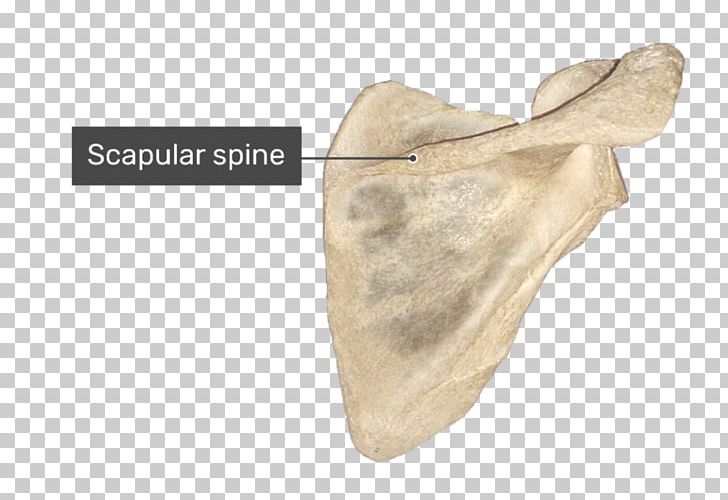

In more severe cases, particularly in trauma, vertebrae or rib fractures can result. It is also possible for a rib to become misaligned or displaced from the vertebrae either through injury, trauma or repetitive strain. It’s thought to be related to disruption of autonomic nerves. The condition is sometimes known as "round back" or-in the case of a severe curve-as "hunchback." Another source of thoracic spine pain is T4 syndrome, when the T4 vertebrate and the joints surrounding this vertebra are injured or inflamed in some way leading to a specific set of symptoms including pain in the arm, headaches, neck pain and paraesthesia (numbness). Scheuermann's disease is a self-limiting skeletal disorder of childhood and describes a condition where the thoracic vertebrae grow unevenly resulting in the signature "wedging" shape of the vertebrae, causing kyphosis – an excessive outward curve of the spine resulting in an abnormal rounding of the upper back. Intervertebral ‘slipped’ disc protrusion or herniation Joint dysfunction – may be associated with:ĭiffuse idiopathic skeletal hyperostosis (DISH) Muscular inflammation – may be associated with: Causes of musculoskeletal thoracic spine pain Other symptoms may include muscle spasm, a reduced range of movement particularly twisting or against resistance, stiffness and weakness.

The pain is often felt between the shoulder blades and to one side of the spine and may radiate around to the anterior chest wall. Thoracic spinal problems can cause pain, typically a dull ache in the upper back that is made worse by deep breathing, coughing or rotation movements of the trunk and rib cage. This can be described clinically as partial or total winging and can be caused by muscle problems particularly to serratus anterior or an injury to the nerve supplying the muscle. Specific problems include winging of the scapula where the affected scapula appears to protrude particularly when leaning against an outstretched arm.

Other injuries including to the scapula directly, to the clavicle and to the SC or AC joints can all lead to scapulothoracic dyskinesis. These include injuries to the ribs that the scapula glides over leading to pain or if the ribs are significantly displaced impingement of scapula movement. Another common cause is Injuries to the bones that support the scapula or injuries within the shoulder joint. This may result from a nerve injury to one of these muscles. The causes are multiple and include problems with any other one of more the components of the scapulothoracic joint including weakness, imbalance, tightness or detachment of one or more of the scapulothoracic muscles that control the scapula particularly the larger scapular muscles such as the serratus anterior, latissimus dorsi, rhomboids, and trapezius muscles. Often referred to a scapulothoracic dysfunction or dyskinesis, it refers to abnormal motion of the scapula during shoulder movement. The posterior SC joint dislocation is rarer but potentially more serious as it can push or even injure structures behind the sternum including blood vessels, the windpipe or oesophagus. They can often be managed without the need for surgical correction. Occasionally, particularly in young people a part of the clavicle next to the sternum called the physis (or growth plate) can fracture as its still soft in people under 25.Īnterior SC joint dislocation is more common and is typically associated with a lump over SC joint. Following trauma, the SC joint can dislocate forwards over the sternum (anterior dislocation) or backwards behind the sternum (posterior dislocation). With a joint infection, there may be redness over the joint and you may have fever, chills, or night sweats.ĭislocation of the SC joint. With non-traumatic problems as in inflammatory conditions, such as rheumatoid arthritis, pain be felt in other joints and is more chronic. A crunching or grinding sound when you try to move your arm and a limited range of motion in the arm.

Other features may include: Swelling, bruising, or tenderness over the joint. The type of pain and severity depends on the underlying problem, if traumatic and acute but minor the pain may feel like a bruise with no other associated features, if severe as in a fracture or dislocation the pain can be severe, especially when you attempt to move your arm. The most common symptom of an SC joint problem is pain.


 0 kommentar(er)
0 kommentar(er)
